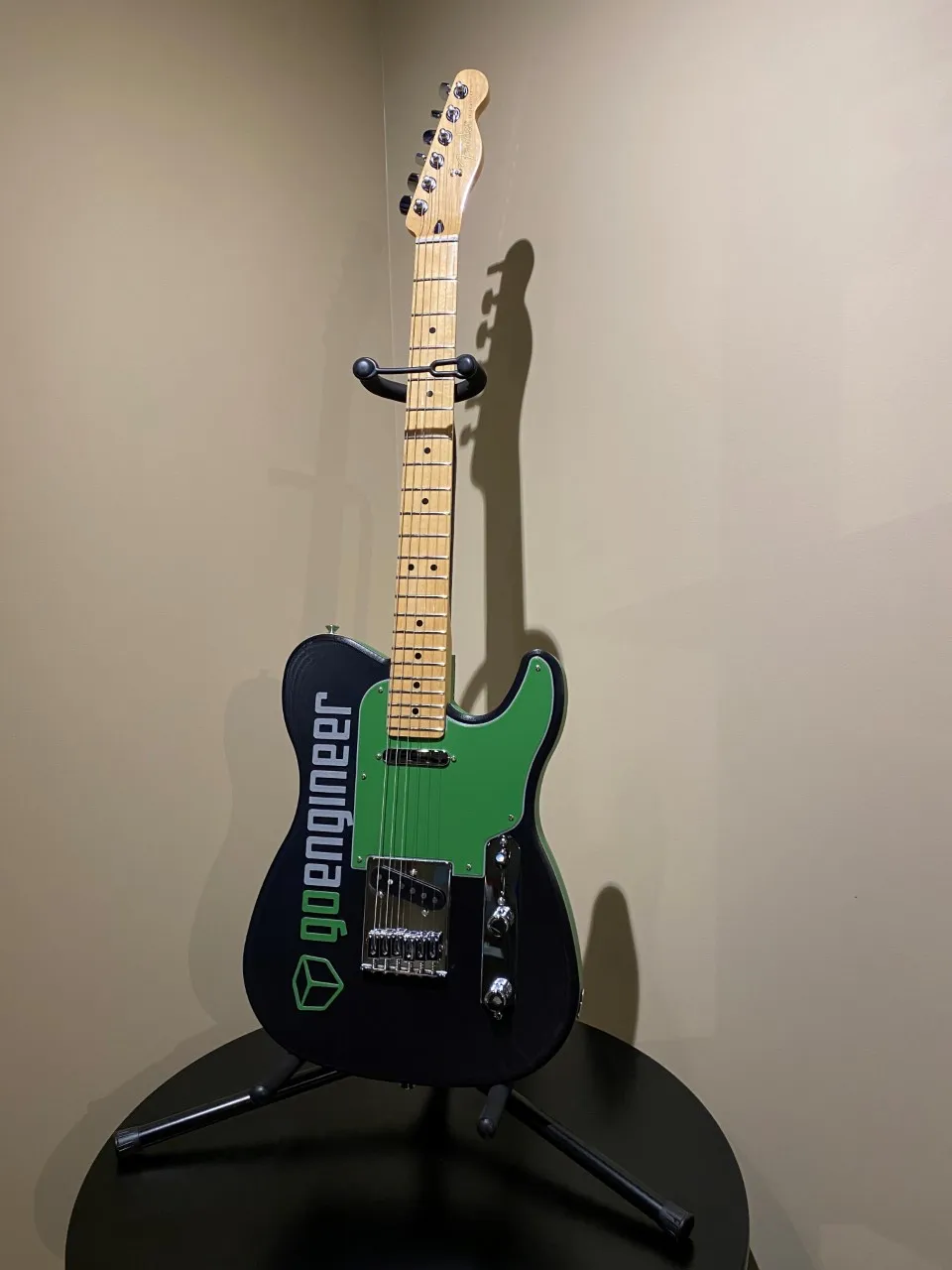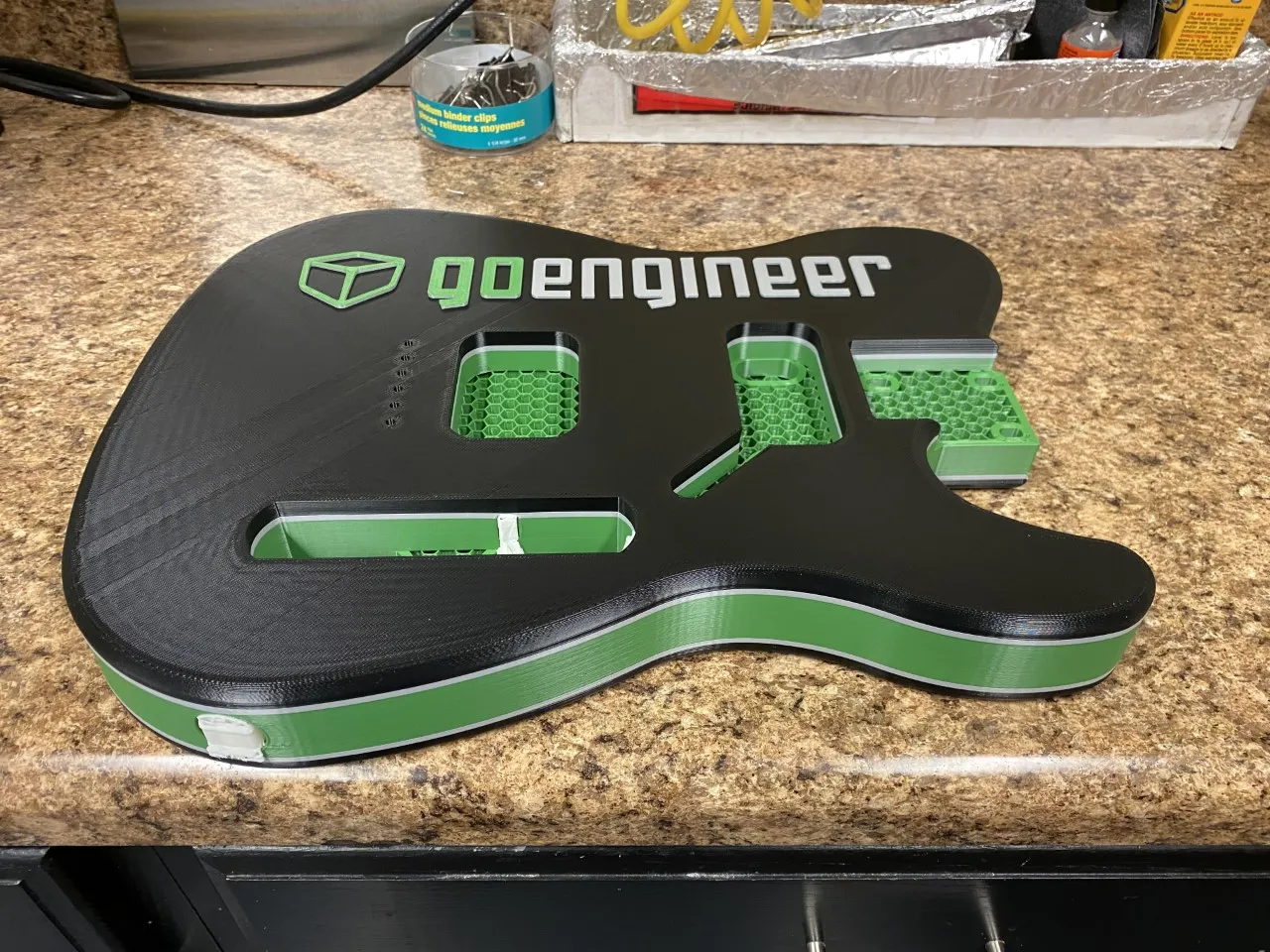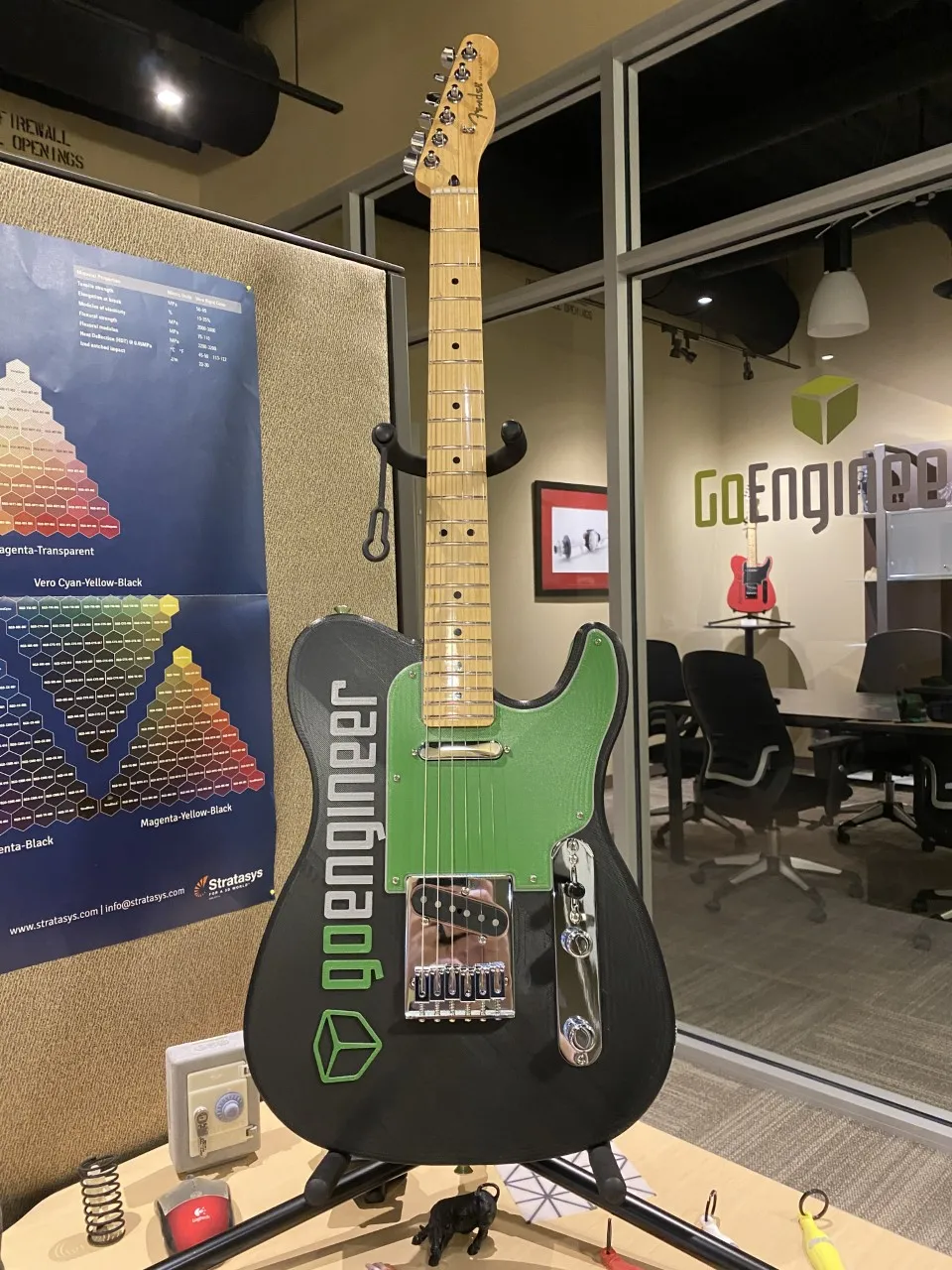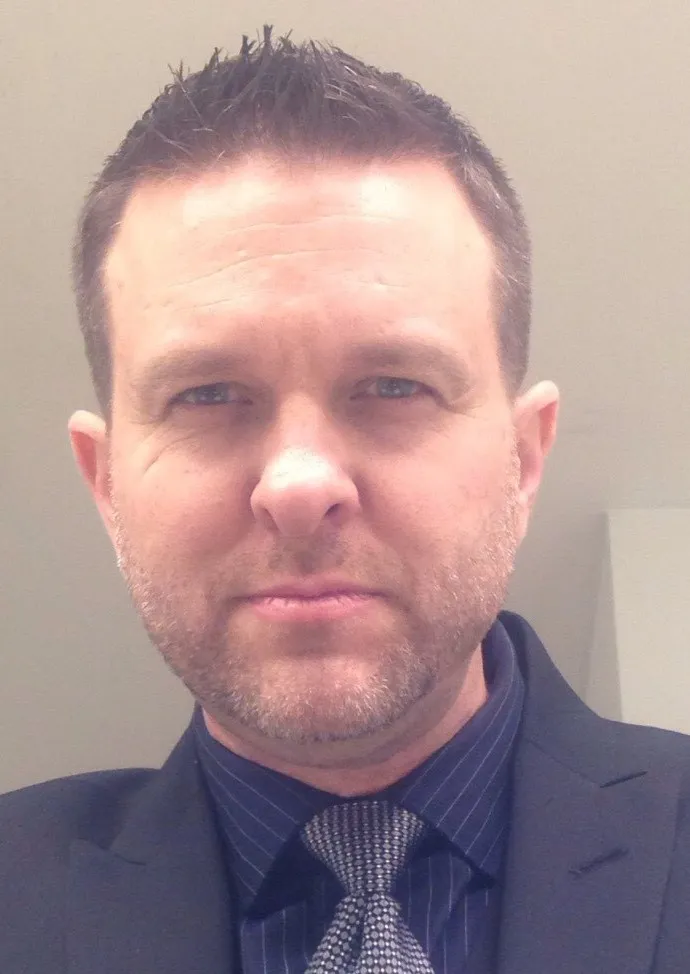A Modern Take on a Classic: 3D Printed Fender Telecaster
In January 2003, I was a fresh graduate from The University of Wisconsin–Stout and after several years in the military, followed by seven years obtaining my Master’s degree, I got a job at Stratasys as a 3D Printing Application Engineer.

At that time, FDM (Fused-Deposition Modeling) 3D printing wasn’t as mainstream as it is today, even though it had been around since its inception in Scott Crump’s kitchen back in 1989. I remember walking around the lab, watching the machines work, and thinking, “this is going to be an exciting career!”
As the months started to pass at Stratasys, I learned more about the wide variety of companies that could utilize 3D printing. I recall my first trade show where in our booth was a beautiful, polycarbonate, and fully functional Fender Telecaster guitar.
It was a hit! Not only did the guitar look great, but it also created a wow-factor by letting musicians jam-out in our trade show booth. It was a showstopper for both Stratasys and the 3D printing community at the time.
Fast forward 17 years….

Fast forward 17 years and parts are now being 3D printed for NASCAR teams, flying into space on rockets, and they’re so extremely lifelike that companies are using them to make animation movies. The days of playing a 3D printed guitar, inside a trade show booth, certainly have changed…. or have they?
All of that being stated, 17 years after my start in this industry, 31 years after the creation of FDM 3D printers, and 74 years after Fender was founded, the Fender Telecaster Guitar was due for another round in the limelight. Because even with all the advancements in technology over the years, music and the craftsmanship of an instrument have far outlived anything the 3D world has experienced in its short life.
So to celebrate this industry, my journey over these past two decades, and the beauty that music can elicit in us all, I’m excited to present an updated version of the 2003 polycarbonate guitar, with the 2020, ASA, fully-functional, multi-colored, hexagonal filled, Fender Telecaster!
How I made my 3D printed guitar

The guitar body took 41 hours to build on a Stratasys Fortus 450 FDM 3D Printer. It used three different model material colors, utilized an advanced infill called the hexagonal pattern to create a lightweight, high-strength structure that would enable the body to work as a functional guitar.
The neck, pickups, and all other hardware are traditional pieces from a stock Fender Telecaster; we only printed the body and pick plate for this project. We took the 3D printed guitar to get restrung at Southeast Guitar Repair in Buford, GA. When I stopped in to pick it up, I asked the team if they had tested the guitar and if so, what they thought of it. They told me, “I’ve built some solid body guitars that don’t play as well as this one!” It was a full-on win!
I hoped to bring history to life in several fashions with this project.
- I wanted to celebrate not only my journey with 3D printing, but the printers themselves.
- Like so many other trends that seem to come and go, there will always be a place in history for music.
- Finally, I wanted to share with a new generation of engineers, the excitement I felt when I first saw and heard that polycarbonate guitar playing at a trade show booth.
Times and technology will continue to change. As we look back on our adventures, careers, and lives, things will pop up as a reminder of our past. One of those for me was back in 2003, standing at my first trade show, in a completely exciting new world of technology and listening to an attendee in our booth, playing a 3D printed guitar. To everyone at Stratasys and now at my new team here at GoEngineer, let’s keep making music and memories in the world of 3D printing!
For more 3D printing projects, news, and tutorials – subscribe!

About Michael Brenholt
Michael Brenholt has over 10 years of engineering experience and is currently an Operations Specialist and Stratasys Certified Application Engineer at GoEngineer based out of Atlanta, GA. He graduated from the University of Wisconsin-Stout with a Bachelor's degree in Industrial Technology and a Master’s Degree in Training and Development. Michael is an avid hobby actor, having performed in 22 stage shows, and enjoys the outdoors, hiking 33 waterfalls in a given summer!
Get our wide array of technical resources delivered right to your inbox.
Unsubscribe at any time.